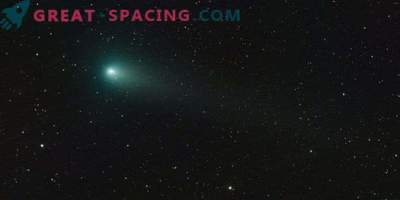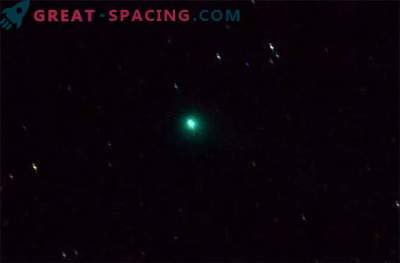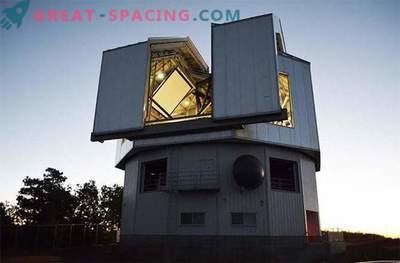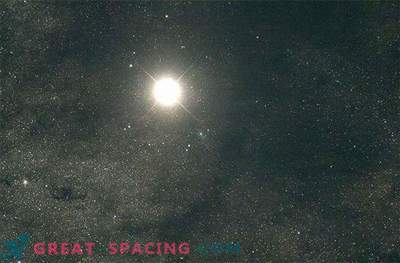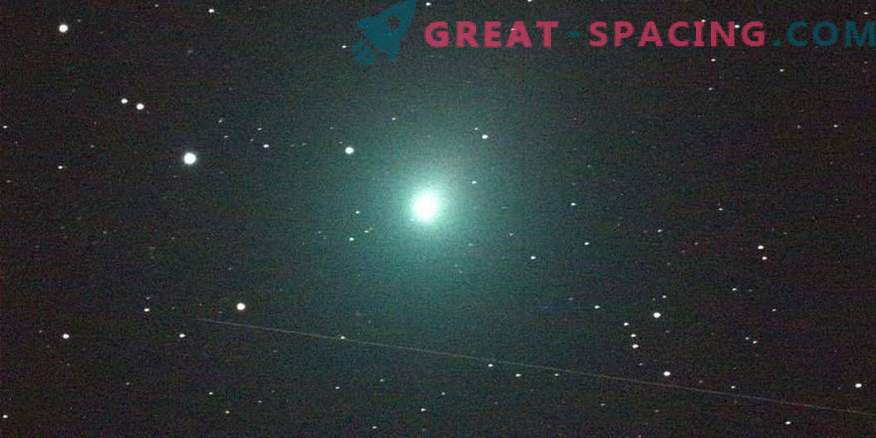
This 120-second image of a comet was received on December 2 by a 50-mm refractor at the New Mexico Observatory. The strip under the comet appeared from behind the rocket body (upper stage) passing through the telescope's field of view
On December 16, Comet 46P / Virtanena will perform one of the 10 closest sorties of the Earth in 70 years, so that it can be observed without a telescope. The passage will take place at a distance of 11.4 million km (30 lunar distances) from the Earth, but it is still a wonderful and amazing sight.
This is the closest span, which 46P / Virtanen has been going on for centuries. In addition, we may see the brightest comet in recent years, which will allow scientists to better study this type of celestial body.
Comet 46P / Virtanena has already been recorded in larger amateur telescopes. Brightness is difficult to predict, but researchers believe that with close flight it can be observed through binoculars or without the use of magnifying devices. The comet was first discovered by astronomer Karl Virtanen in 1948 at Lick Observatory (California). It is pulled out to a width of 1.1 km and makes a fast rotation around the Sun - every 5.4 years, which is considered to be a short-period comet. At the closest approach, the object will be in the constellation Taurus near the Pleiades.
A “hyperactive comet” monitoring company is currently underway, which emits more water than expected, because its core is relatively small. Scientists use both professional astronomers and amateurs to fully consider the object. Hubble, Chandra, Swift and Spitzer space telescopes, an infrared telescope in Hawaii, an SOFIA observatory and even an exoplanetary hunter TESS are already connected.






